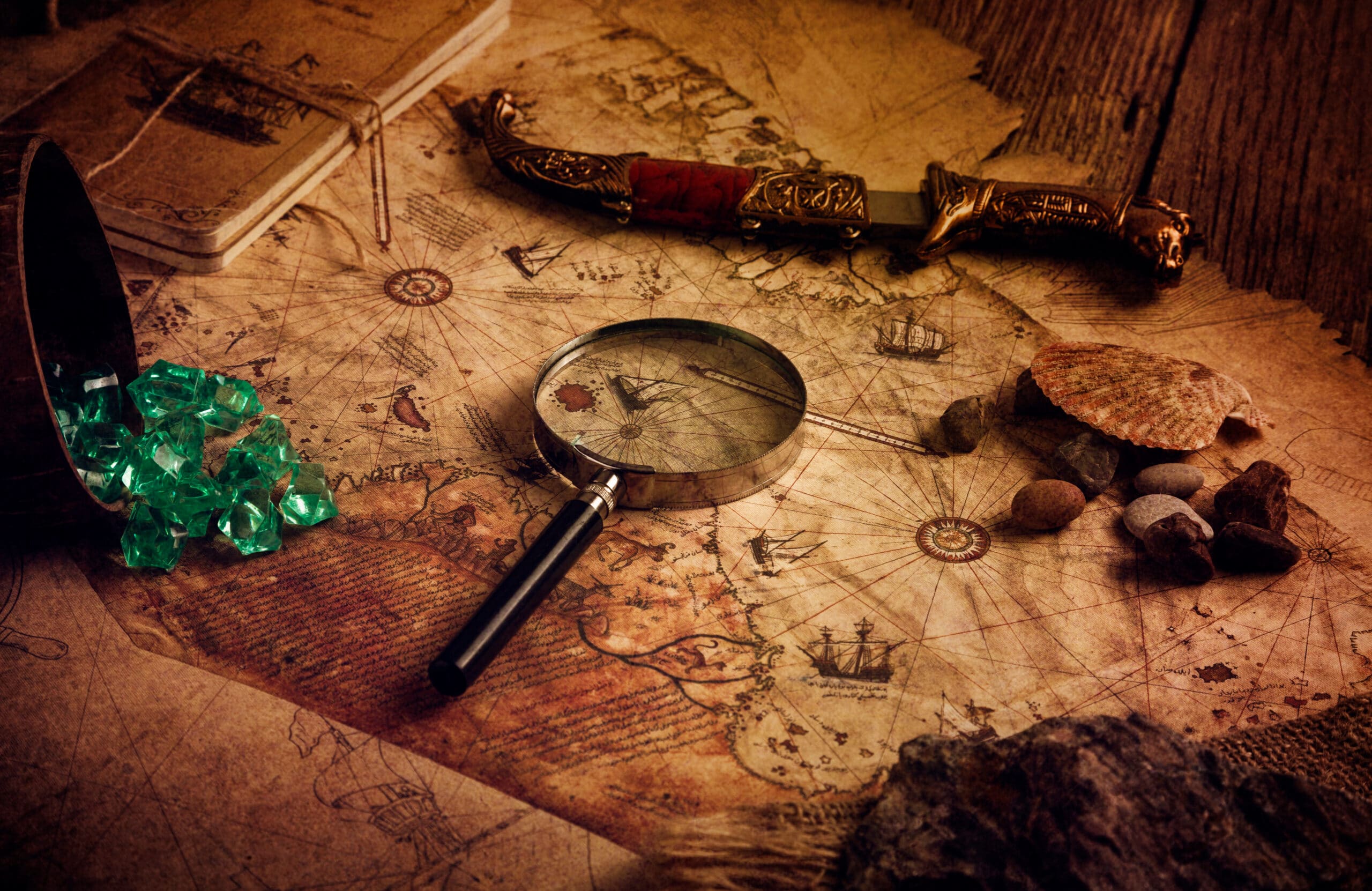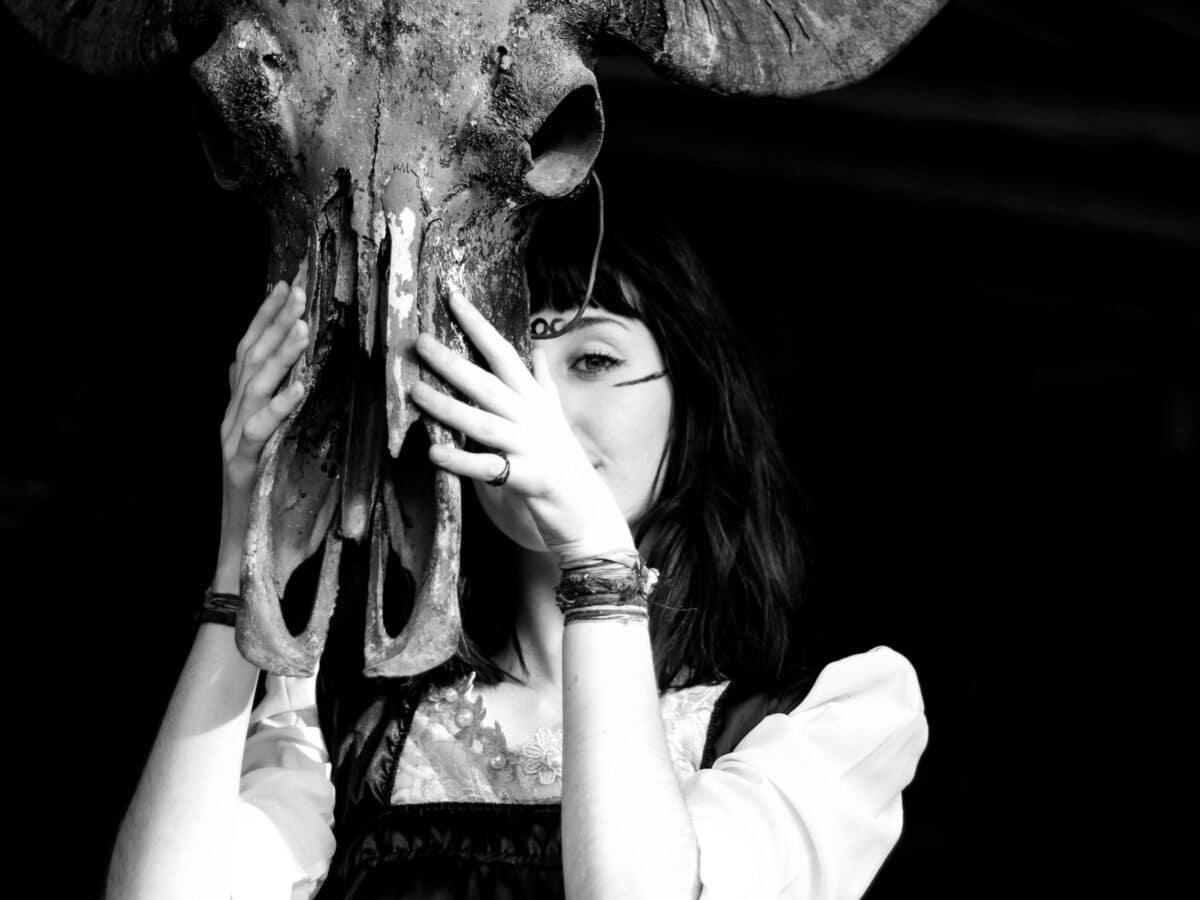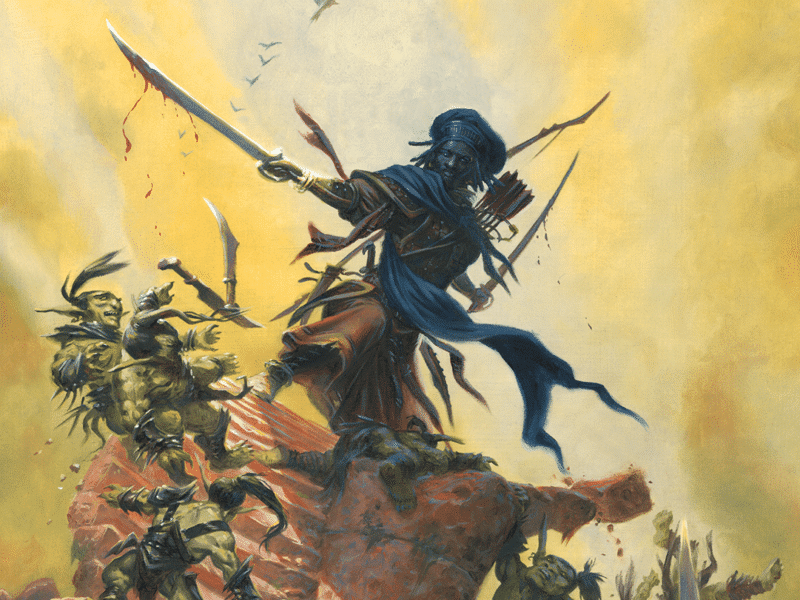Have you ever wanted to create your own fantasy roleplaying setting? Perhaps you have an amazing idea for a realm you can’t find in any of the popular module settings that you can purchase? Or maybe you just want to be able to create a world from scratch so that you can decide what it looks like and have complete control of it? Then read on, because this article will cover everything that you need to know about worldbuilding, including where to start and how to bring the world alive!

(Photo credits: Shutterstock.)
But where to begin?
Start by jotting down various ideas that you have in mind for your world. This only needs to be a broad idea, like “It is a steampunk world where magic is tainted and forbidden”, or “The world is a Norse-inspired Tolkien world with lots of wilderness and nature” or “I want to create a grim, dark, and medieval world with gothic influences.”
Another way is to ask yourself “What if?” to spark your imagination. For example: What if the world were a desolate place, an “after the disaster” realm, where magic and technology still existed – but so did twisted, genetically altered monsters?
How would people survive? Would they start new religions to cope with the harsh reality, or would they descend into lawless chaos where only the strongest survive? Perhaps there would be different fractions of people, and their society would be strongly divided into those who have access to resources, and those who don’t.
Borrow ideas, but create your own unique world
You can also borrow ideas from your favourite books and movies, to create a foundation for your world. Books like “Lord of the Rings” by J.R.R. Tolkien, the “Assassin Apprentice” series by Robin Hobbs, and the “Game of Thrones” books by G.R.R. Martins are great starting points, as are various fantasy or sci-fi movies. However, while this could be good to use as a starting point, add something extra to the world that makes it truly unique. For example, adding certain types of monsters, such as werewolves, vampires, and witches can give your world a unique Urban Fantasy setting, but you could use the same tropes to create a Gothic horror world for your characters to explore.
Worldbuilding is directly linked to theme and setting, so build your world around the theme and settings that you have in mind. For example: If you are planning to have a light-hearted, whimsical tone to your adventures, a matching Feyworld realm would be perfect, while a dystopian Lovecraftian Noir setting might be something of a clash.
Location, location, location
The next step of creating your world is to take a moment to consider where your realm is located. You don’t need to go into hardcore research mode and define the geology, climate, and ecosystem of the entire world (unless you want to, of course!). But it is good to have a general idea of where your realm is located and a brief notion regarding the surrounding environment.
Is it a sandy, arid area like the planet Arrakis in “Dune”? Is it a European temperate climate with mild summers and snowy winters? Or is the majority of the realm completely covered with water, or even snow and ice?
You don’t have to figure out the entire geology and climate system of your new world. A good idea is to start with a smaller area of the world and define an area where the characters will begin their adventure.
Most people start with a generic setting with colder regions to the north, and warmer region to the south, as the climate zonation looks like in the northern hemisphere on Earth, but there is nothing that stops you from building a realm that is located on the southern hemisphere, or somewhere else entirely. In fact, it can lead to cool ideas that can enforce the feeling of otherness. For example, if the planet has several moons, how would that affect tides? Or would it have a direct impact on magic? Let your imagination roam free, and you will create a completely new and unique world for the players to explore.
Start small, and go from there
Creating a full world with different continents, nature, people and heritage is a huge undertaking. Luckily, you don’t have to. Your players are unlikely to explore the entire world (unless you plan on gaming every week for decades to come).
Therefore, you might consider starting with creating one region for the players to explore. It might even be a good idea to box in your characters so they can’t leave the region and start exploring other areas. For example, add coastal lines, deserts or hinterlands, or rugged mountains that effectively prevent them from leaving your realm. You might add short descriptions about the other realms to give the players a feeling that the world is bigger than they think. You could, for example, let the characters know that there are other islands or realms on the other side of the sea, or if you cross the harsh desert and survive the dangers, you will arrive in another region that is known for its gemstones, textiles, and spice. A short description of the people living there and some of their customs is enough information. There is of course nothing that stops you from setting up a new campaign in the other regions later on.
This gives the players a feeling that the world is larger than the realm you have created for them, but won’t let them wander off willy-nilly, especially if you add harsh landscape dangers and monsters, e.g. travelling to the other side of the ocean mean surviving the large whirlpool and cross kraken territory.
Let the world make sense, but don’t be afraid of breaking the rules!
Perhaps part of the world has been severely altered because of magic, technological failure, or war? This is also a great excuse to use if you realise that you have made a mistake in building your world.
History
Once you have the general basis of the worldbuilding done, and have decided which type of world you would like to create and where it is located, it is time to dig a little bit deeper and establish the background history of your world.
This doesn’t have to be elaborate, but if you have time and want to create a rich history for your world, it will most certainly be worth it, since this gives the characters an understanding of the world and can even serve as ideas for future adventures.
For example, say that you have decided to create a steampunk setting in a Dune-like world after a huge disaster. Figure out what type of disaster that has happened, and who the responsible people were. Was it an accident or the result of rash magic users? In the latter case, maybe magic is forbidden now, or only taught to a specific group. This could be high-born people in society, or secret cults. In addition, the realm and landscape might be filled with relics and ruins from the former civilisation. Maybe some of these relics are dangerous – or incredibly powerful.
Take a look at our own history and think about what previous civilisations have left behind in the world, from pyramids, amphitheatres, stone henges, or terracotta armies. These are all great examples that you can modify and add to your own world.
Use a combination of realism and fantasy depending on your setting. Maybe magic is erratic or even absent due to previous wars between magic users that have drained the earth of magic in those areas. After the war, magic was deemed too dangerous and became forbidden. The people gathered in areas where magic was gone, since they were considered safe, like an oasis in a desert. These areas might even have been considered sacred by the local people, who erected tall statues to mark the border of these lands. The people and their civilisation are now long-gone, but the withering statues remain.
Or perhaps a large nuclear disaster centuries ago, when the technologically advanced world was still a civilised place, led to a widespread disaster that has rendered certain areas covered with lethally radioactive fallout, where very little life is possible and only mutated beasts survive? Think about what type of landmarks your players would find? Perhaps warning signs, ruins from the previous advanced civilisation, or even certain relics or underground bunkers?
Making the world old by adding history and context, will make your realm much more believable and let it come alive.
To be continued
In the next part: Everything you need to know about worldbuilding – Part two, we will continue to discuss worldbuilding. You get to read more about introducing magic, people, monsters, and the best way to present your new world to the players.
Stay tuned!







